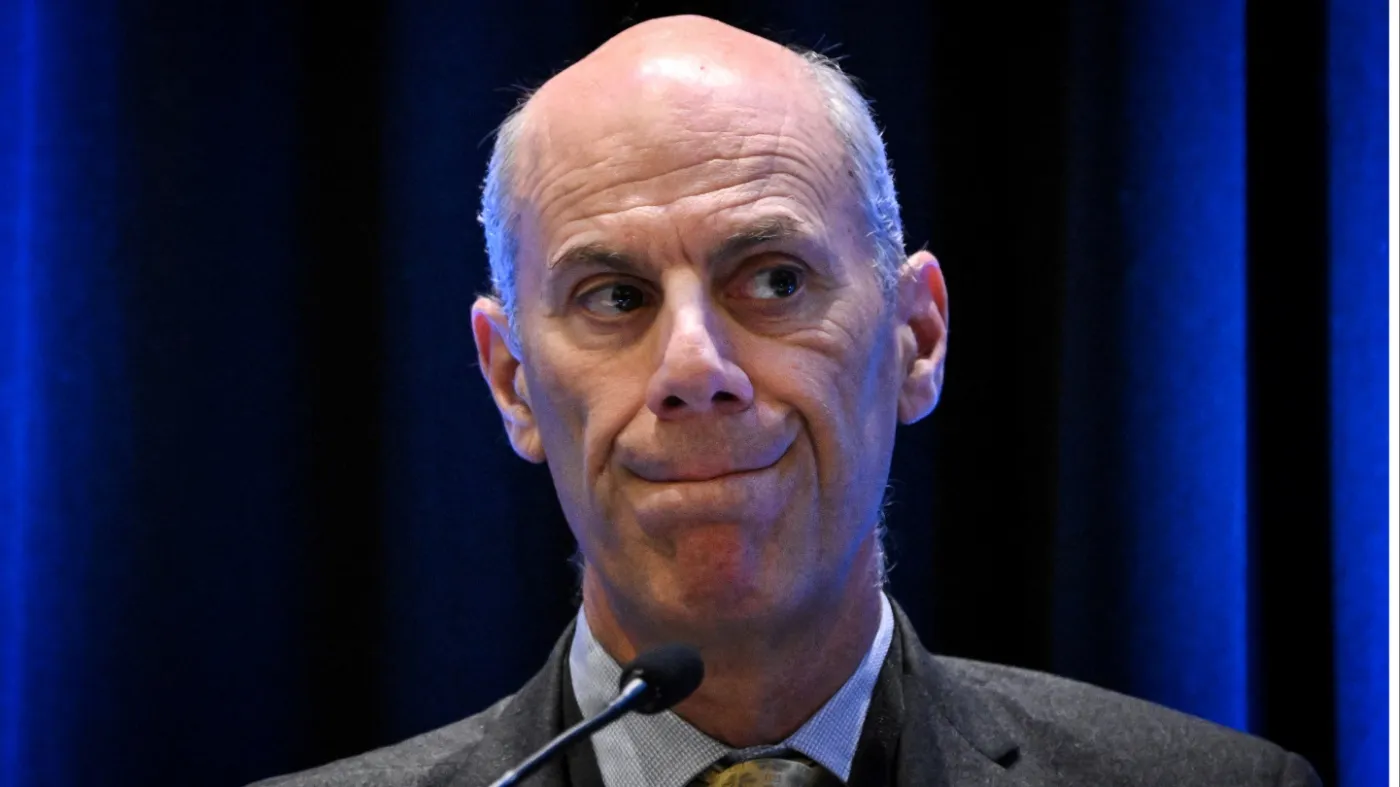Tens of thousands more people in the U.S. were homeless in 2023 compared with 2022 as high costs of living pushed some of the most vulnerable Americans into shelters and the streets.
Homelessness shot up by more than 12% this year, reaching 653,104 people. The numbers represent the sharpest increase and largest unhoused population since the federal government began tallying totals in 2007, the U.S. Department of Urban Planning and Development said Friday. Last year, federal data showed 582,462 people experienced homelessness.
The federal government calculates the number each year based on counts from local officials on a single night in January.
The population of people experiencing unsheltered homelessness, who are particularly at risk of violence and criminalization, increased, as well as the number of people living in shelters.
The data comes months after the federal government found the U.S. is facing growing rates of poverty and food insecurity. In 2022, the most recent year for which data is available, more than 12% of the nation was living below the poverty line and nearly 13% said they didn’t have enough to eat.https://art19.com/shows/5-things/episodes/58762089-728b-426d-b887-258c2f3b0f95/embed
The U.S. saw such a sharp increase this year because more people are becoming unhoused faster, according to Ann Oliva, CEO of the National Alliance to End Homeless. More people are also becoming homeless for the first time, she said.
“That move from a housed situation to an unhoused situation is happening more quickly, and it’s more direct,” Oliva said. “More folks are reporting, as they’re showing up in the homeless services system, that they’re coming directly from a lease.”
Unlike in years past, the spike in U.S. homelessness was driven by increases among all populations and demographics, HUD said Friday, including unhoused families with children and unhoused veterans.
The nation’s unhoused population increased so sharply because people are becoming unhoused at a greater rate than people exit homelessness, HUD officials said Friday.
In recent years, homeless services providers have been particularly strained, according to Oliva, because more people need help, and at the same time it has been harder to get people housed because housing costs have increased.
High housing costs continue to be a financial stressor for the poorest Americans. In recent years, more people in the U.S. are rent-burdened, according to HUD, meaning they spend more than 30% or even over 50% of their income on rent.
In 2021 and 2022, as millions of Americans struggled with high rents, increasing grocery bills and other essential expenses, pandemic-era government financial assistance waned or ended, Oliva said.
“There’s a pipeline of people who are deeply at risk,” she said.
Evictions nationwide have been steadily increasing since fall 2021, when the national eviction moratorium ended, according to Princeton University’s Eviction Lab. In late 2022, emergency rental assistance from the federal government also stopped.
From 2020 to 2022, the number of people who became homeless for the first time increased by 30%, according to HUD data.
Even as more people became homeless and it became harder to house them, homeless services providers across the country helped more than 420,000 people in the U.S. exit or avoid homelessness, HUD announced this month.
In a statement Friday, U.S. Interagency Council on Homeless Executive Director Jeff Olivet said pandemic-era protections prevented even more people from falling into homelessness in 2021 and 2022.
“During the height of the pandemic, the nation came together and chose to invest more in housing, health care, income supports, and other wraparound services to prevent people from losing their homes in the first place,” he said.




